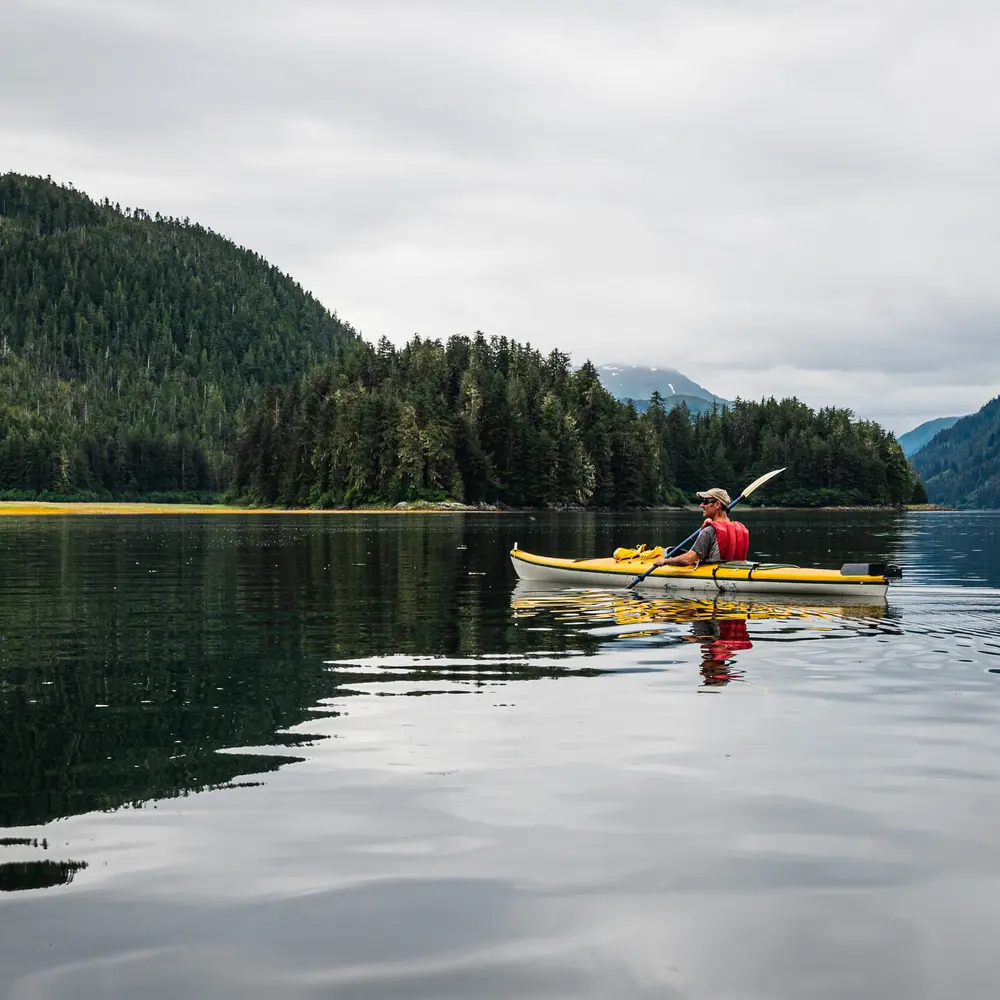Jack Murdock knew that scientific research plays a key role in creating conditions of flourishing communities. For that reason, the Murdock Trust supports research institutions and universities that engage in science for the common good – inquiry that advances knowledge and leads to solutions for the people of the Pacific Northwest and beyond.
The Weissman Hood Institute (formerly known as McLaughlin Biomedical Research Institute) in Great Falls, MT, has been exemplifying this commitment to research with specific healthcare outcomes for its local population since 1954. The Institute’s mission is to facilitate complementary approaches to integrated biomedical and rural health research – especially research relevant to those in rural communities like Great Falls.
In Fall 2024, the Trust had the opportunity to support the Institute’s purchase of a mouse MRI. This machine will equip the Institute to study the brain or other organs in live mice, gathering valuable data over the mouse’s lifetime rather than waiting for it to age. This makes it a particularly valuable tool for studying age-related diseases.
“The Institute relies really heavily on mouse models of disease, and we didn’t have a way to do live imaging of mice,” says Dr. Tiffany Hensley-McBain, Director of the Institute. “So that’s really going to transform some of the research projects we have going on here.”
In addition to immediately equipping the Institute with new research capabilities, McBain expects that having this machine will draw more scientists to the Montana research community. Long-term, this will lead to stronger solutions to healthcare challenges facing Montanans, with more opportunities to include these rural populations in research as the Institute grows. This is vital for finding solutions that Montanans will adopt.
Montana has a unique population, notes McBain, being one of the only states that ranks high for rurality, age, and American Indian population. It is the sixth oldest population in the United States, and the oldest west of the Mississippi.
“All of these things factor into disease risk and how people respond to different treatments. So if you’re not including populations like ours [in the research], the treatments are likely to be less applicable to those populations.”
Additionally, says McBain, research drives the acquisition of healthcare technology. By growing the Institute, Montanans will get access to new healthcare technology, which will lead to better ways to diagnose Alzheimer’s and diseases. Crucial to this endeavor is the Institute’s partnership with Touro University, an alliance that allows for mutual benefits as medical students fill the Institute’s halls, bringing fresh engagement to the Institute’s work as the Institute invests in future researchers.
Finally, having a strong research presence like the Institute and Touro University in rural Montana provides opportunities for Montanans to engage in the process of science, which increases trust in healthcare solutions. The Institute’s registry of Montanans wanting to participate in research has grown rapidly over the years, reflecting this growing engagement and signaling a strong future for the scientific research community of this region.
“People want to participate in research,” says McBain. “They haven’t been able to. In building up the Institute and bringing more faculty here, people get to engage with research on a lot of different levels and we find that really important.”
To learn more about the institute and their research, visit their website.







